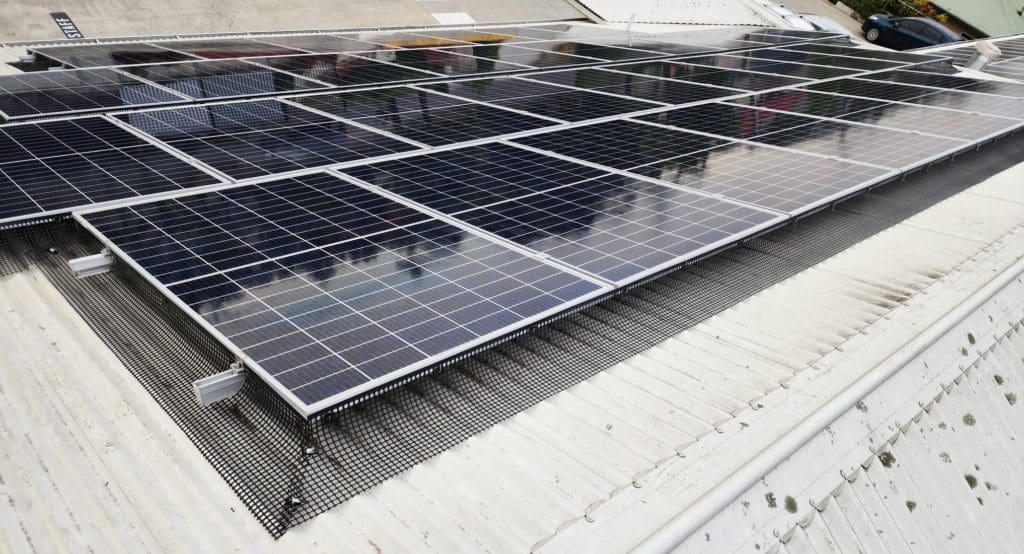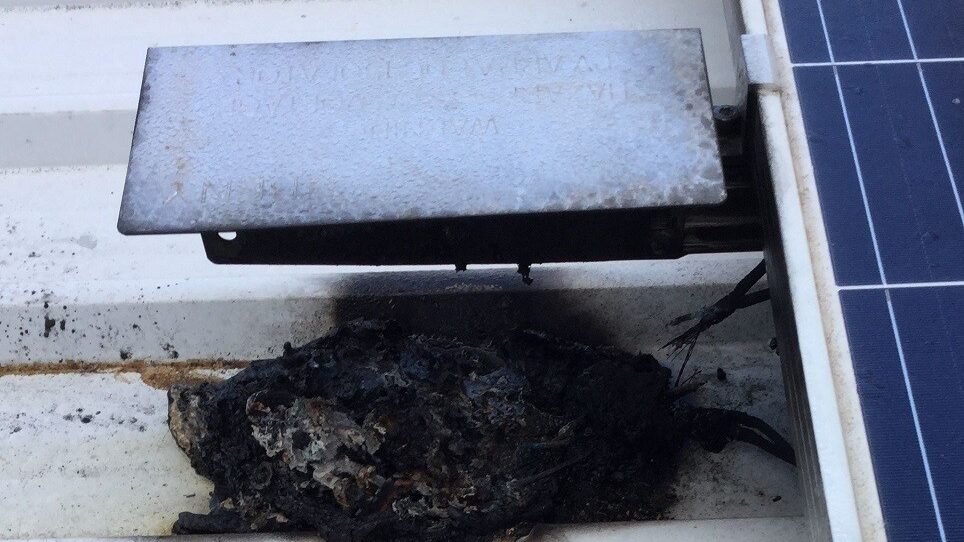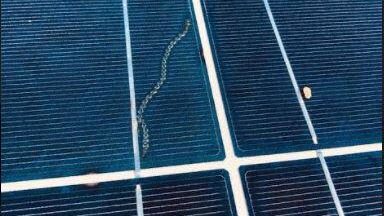Salesmen in the solar industry will often play down the need for solar panel maintenance and exclude it altogether from a business case. Meanwhile, some solar panel cleaners might suggest yearly cleans or more. This article offers a comprehensive and balanced view of your solar panel maintenance options and costs.
Do solar systems need maintenance?
In many areas of Australia, if your panels are installed at a tilt of 10 degrees or higher, heavy rainfall might be sufficient to clear dirt from the panel and keep your system operating without material soiling losses. What’s more is that maintaining your solar system is crucial for maximizing its performance and ensuring safety. Here’s why regular check-ups and cleanings are necessary:
- Exposure to Weather: Solar panels face all weather conditions outside, which can lead to wear and damage over time.
- Safety Hazards: Deterioration of components, like the DC isolator casing, can pose fire risks if moisture seeps in.
- Efficiency and Output: Accumulated dust, debris, or any obstructions can diminish your system’s energy production.
Potential Safety Issues:
- Electrical Risks: Faulty or damaged systems can lead to fires, with some instances causing significant property damage.
- Wear and Tear: Over time, cable insulation, conduits, and other components can deteriorate.
- Environmental Damage: Severe weather, home renovations, or animal interference can impair your system’s integrity.
Key Signs Your Solar Panels Need Attention:
- Visual Signs: Discoloration or visible obstructions on the panels indicate it’s cleaning time.
- Performance Drop: A noticeable decrease in power output, as seen through your monitoring system, often means maintenance is overdue.
- Pest Activity: Increased insects or pests around panels suggest the need for cleaning and possibly installing bird prevention measures.
- Minimal Tilt: Panels with little to no tilt don’t benefit from rainwater cleaning, leading to faster dirt accumulation.
What common problems occur with solar panel systems?
1. Wiring and Component issues
Regulations in Australia require a DC isolator (a switch that turns off the solar panels) to be located on the roof. Inevitably this is one of the components that eventually perishes under UV light, overheating or water penetration. As with any system, there can also be issues with any of the wiring, connections and workmanship of the electricians who completed the job.
2. Solar Inverter Faults
As a major component of the system, inverters are prone to failure. Inverters can repeatably ‘trip off’ if there are voltage issues onsite or within the solar system itself, dust can collect, affecting the inverter’s temperature and overall performance or communication issues can inhibit your ability to monitor their generation.
3. Hot Spots

Hot spots are among the most common issues and occur when panels get too hot or the circuits are overloaded. This can be triggered by the build-up of dirt on a solar panel surface. They can also occur from a manufacturing fault such as a bad electrical connection.
4. Micro-Cracks
Micro-cracks normally occur from mishandling in shipping/transport or applying too much pressure to the tempered glass during installation. These cracks can start so small they are not noticeable to the naked eye but increase over time with water ingress and temperature changes
5. Snail Trails
As the name suggests, this common solar panel problem presents a darkened line across the surface of the panel that appears like a ‘snail trail’. These problems can occur when moisture is able to get inside the solar panel through the use of defective silver paste. Snail trails cause solar panels to produce lower outputs and shorten their expected lifespan.
Can Solar panels handle extreme weather?

Solar systems are designed and rated for the environments in which they are installed. Installers make sure the mounting and roof structures can handle the local wind ratings and weather patterns, usual and unusual.
Solar panels must endure up to 35mm of ice, like a golf ball’s size, to meet Australian Standards, covering 99% of weather scenarios. However, Australia can experience larger hailstorms that damage car windscreens.
The solar panels can be covered from hail damage by building insurance. You may need to talk to the insurer to confirm it’s covered. If this is a major concern then I would recommend ‘glass on glass’ panels which have a tempered glass back sheet instead of a thin film. These are stronger panels and will withstand much heavier hail – they cost about 20% more than typical solar panels.
How much does solar panel maintenance cost?
The below table provides an indicative guide for the costs of maintaining your solar system. Please note these figures depend on several factors which are listed below the table.
| 6.6kW | 50kW | 99kW | 500kW | |
| Basic Inspection | $250 | $650 | $850 | $1,100 |
| Detailed Inspection (inclusive of electrical testing) | $400 | $1,000 | $1,350 | $2,900 |
How much does solar panel cleaning cost?
The below table provides an indicative guide for the costs of having your solar system cleaned by a professional. Please note these figures depend on several factors which are listed below the table.
| 6.6kW | 50kW | 99kW | 500kW | |
| Solar Panel Cleaning | $12/panel | $7/panel | $5/panel | $4/panel |
The costs you will get quoted for your site will depend on a number of factors:
- Location
- Roof Access – it is safe to access the roof without hiring additional equipment like scissor lifts
- Solar system design
- How many solar panels are installed
- Age of the solar system
Get a Quote for Solar Panel Maintenance or Cleaning
How can I tell if my solar power system is performing well?
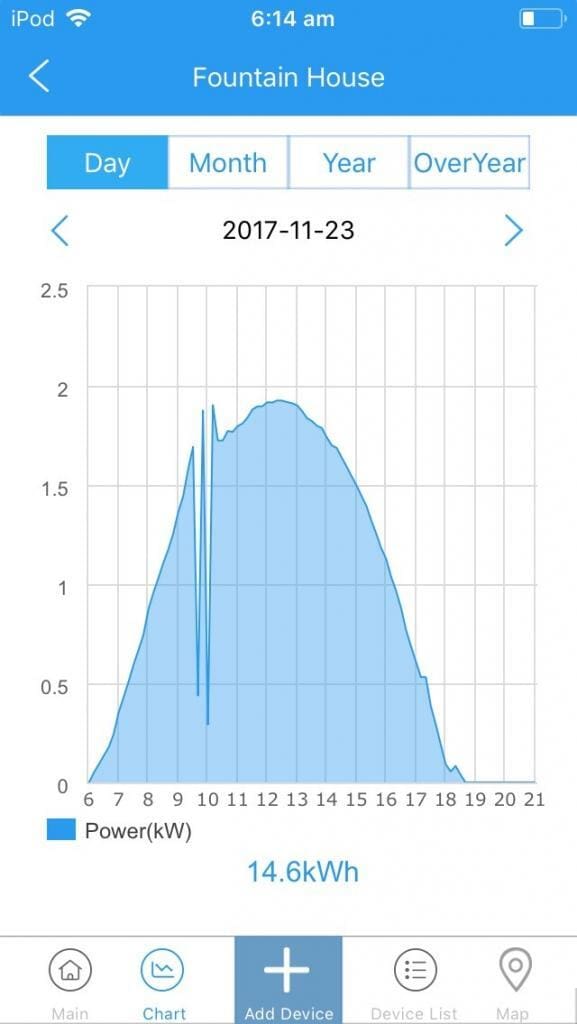
Usually the performance of your solar power system can be identified in two ways. Firstly, you can review the monitoring system that comes with the solar system. All solar inverters have free solar monitoring software that you should be able to access once your inverter is connected to the internet. You may need to contact your solar installer or solar inverter manufacturer to get that set up if you do not have access.
This software will usually provide an overview of how much solar power is being generated and some history of how the system has performed. You can then compare this against the estimates that you have been provided to you in the original solar proposal.
The other way in which you can observe the impact of your solar power system is through your energy bills. Your energy bills do not record how much solar power was generated but show the lower figure of energy that you are now buying from your retailer, and details any exported solar energy. This is not the complete picture, but if you understand your energy consumption well, then an unusually high bill (pending your rates are the same) may suggest there are some issues with your solar panel system.
Book an Independent Inspection and Performance Assessment of Your Solar System
How to replace a solar panel or inverter if they are faulty?
Solar power equipment should always be handled and replaced by a Clean Energy Council qualified electrician. If you intend to claim a warranty, then typically solar panel manufacturers will look for evidence of the fault supplied by an electrician.
If you are not replacing a solar panel with the same model from the same manufacturer, care should be taken to ensure that the solar panel replacement meets the same specifications as the other solar panels installed in the array, otherwise it could bring down the performance of the whole system.
What are the requirements for solar panel maintenance?
Good quality solar power systems that have been installed by experienced electricians and designed to operate with low maintenance requirements throughout their lifetime. However, like any live electrical asset, it makes sense to have a qualified electrician periodically inspect the components of the system to ensure:
- The system is performing as designed
- No factors are prohibiting or undermine performance
- All components are operating safely and are not at risk of failing or causing wider site damage.
Do you need to clean your solar panels?
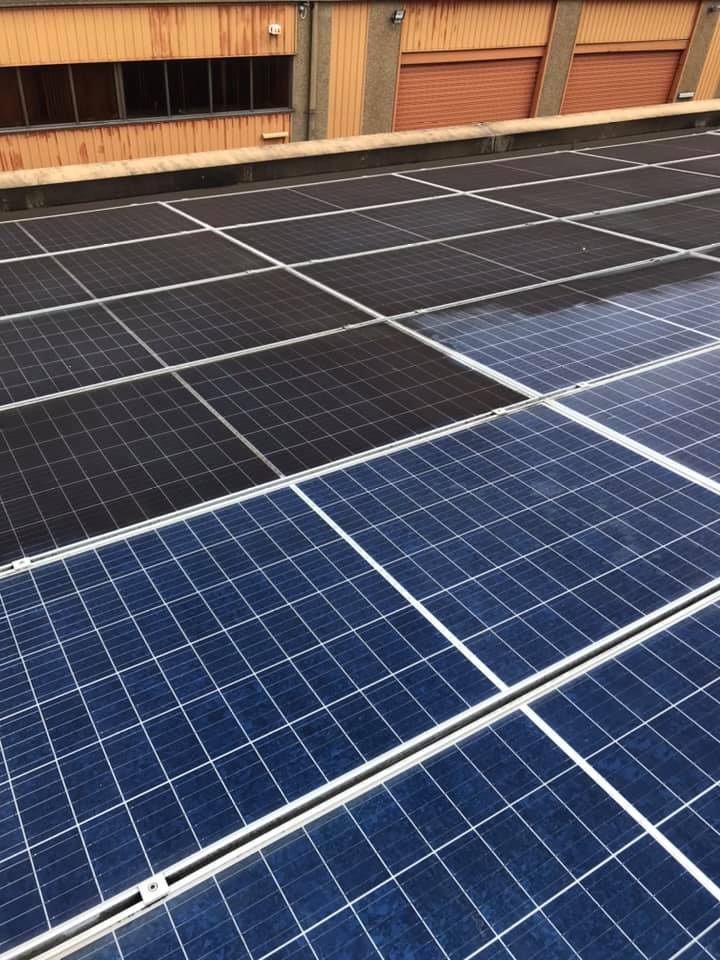
Like your roofing material, a solar panel will collect dirt, debris and other obstructions throughout their lifetime.
The improvements in solar panel and inverter technology, such as cutting silicon cells in half or panel optimisers, have made them more resistant to shading and dirt buildup. Through a solar panel system inspection, a qualified electrician can advise whether there is a need to clean the solar panels.
Panels on a flat roof or exposed to conditions such as dense bird populations, industrial pollution, or coastal proximity require more frequent cleaning.
See out comprehensive guide to solar panel cleaning here for more.
Get A Quote For Solar Panel Maintenance or Cleaning
How often do you need your solar panels inspected?
For small home systems, we advise a full electrical check every 2 years. Yet, for bigger commercial setups (above 40kW), an annual maintenance inspection is recommended for optimal & safe operation.
Solar panel monitoring systems are a crucial element of your solar power system, providing insight into performance, issue diagnostics, and to identify if you need to take action earlier than scheduled.
Regular vs Reactive solar panel maintenance
There are different approaches you can take to manage your solar panel system. Often larger commercial projects and those who operate multiple sites will engage a contractor to provide a regular inspection and monitoring service. This enables faults and potential risks to be identified and resolved proactively and minimises any damage to the system.
Many businesses choose to engage a maintenance contractor or call their installer when it is identified that something goes wrong. The free monitoring software that comes with good quality inverters can identify some faults and issues in the system and some even have the ability to send an email to the owner if an error is triggered. In our experience, we find that many underperforming or failing solar systems go unnoticed.
What do solar panel warranties cover?
A solar panel product warranty covers manufacturing defects. Solar panel defects usually require a qualified electrician to identify, document and raise with the product manufacturer. If your installer is no longer around, you bought a cheap solar system from a company that doesn’t provide a good service capability, or you would like independent advice, then Solar Choice can help you find a local solar maintenance company to help you diagnose and resolve the issues with your system.
If it can be demonstrated that a solar panel is not generating the expected output then, in theory, you can make a claim. In practice, these claims are usually only made on utility-scale projects where they have expert equipment that can measure local sunlight and prove that a solar panel is underperforming.
For these reasons, it is important to pick a reputable solar panel manufacturer with a local office and presence in Australia.
Conclusion
Solar panel pv systems are valuable assets that have an expected life of 25 years. In order to optimise your return on investment, we recommend you take up a maintenance plan.
Ideally, it would include a regular health check for the system from a qualified electrician to proactively identify any issues and preserve the value of the asset, but could also include regularly checking of the monitoring software of the system, and reactively resolving issues onsite as and when they arise.
Get A Quote For Solar Panel Maintenance or Cleaning
- Solar Panel Costs: Solar Choice Price Index | April 2025 - 1 April, 2025
- Solar Panels For Homes – All You Need to Know About Solar Systems - 18 March, 2025
- Best NSW Solar Feed-In Tariffs - 17 March, 2025
